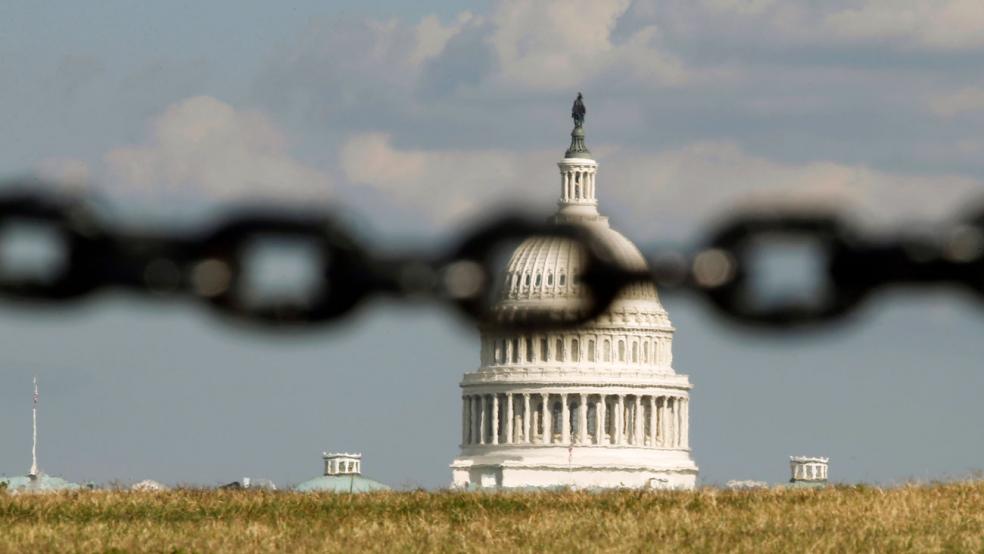As long as the current government shutdown ends within the next few weeks, the cost to the overall economy should be relatively modest, says Andrew Hunter of Capital Economics. Much of the lost economic activity would likely be made up in the following weeks, as was the case with the 16-day shutdown in 2013. However, “the damage to the economy will begin to rise exponentially the longer the shutdown drags on,” Hunter wrote in a note to clients Friday.
If the shutdown lasts through March, Hunter estimates that economic growth in the first quarter would fall by between 0.5 and 1.0 percentage point on an annualized basis. About half of that loss would be from the direct costs associated with 800,000 federal employees not being paid, while the other half would come from the indirect costs driven by things like “suppliers going unpaid, cancellations of contractor work and even missed rental payments on Federal buildings.”
Other potential costs that could emerge toward the end of the quarter include delays in tax refunds, the loss of food stamp payments and disruptions to travel.
Given Capital Economics projection of 2.0 percent GDP growth for the first quarter, the analysis suggests that a shutdown of three months could cut economic growth in half to start the year. Not a disaster, Hunter says, since much of the growth could be recaptured in the following quarters.
More troubling, though, is the possibility that the shutdown is just a hint of what’s to come. “The bigger risk to the economy,” Hunter writes, “is probably still that the current stand-off is just a prelude to a full-blown crisis over the Federal debt ceiling later this year.”




